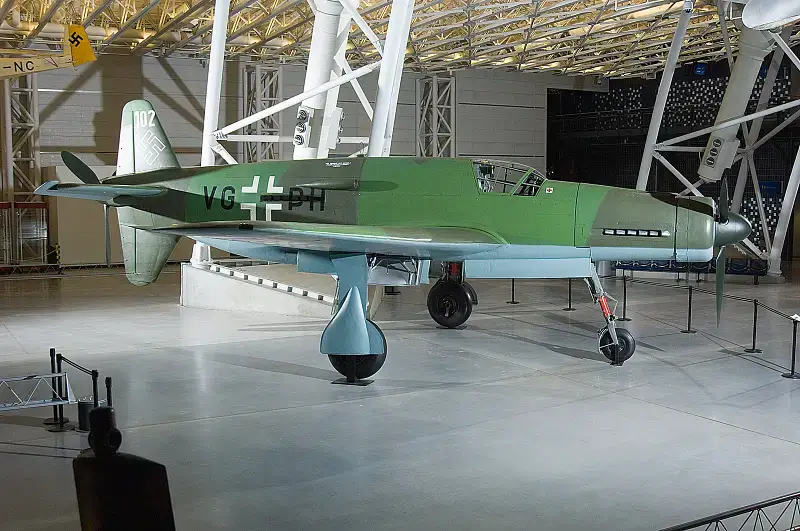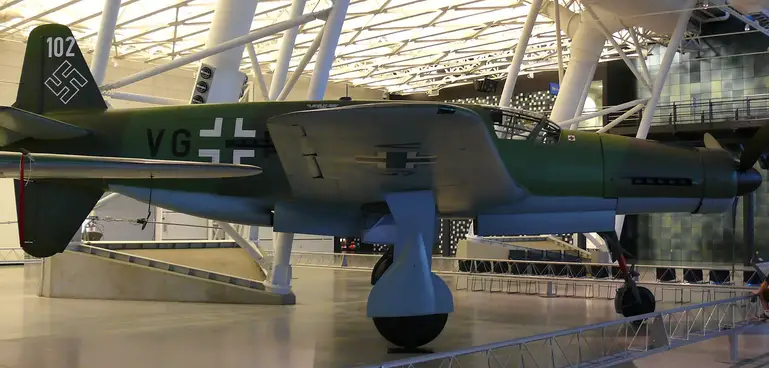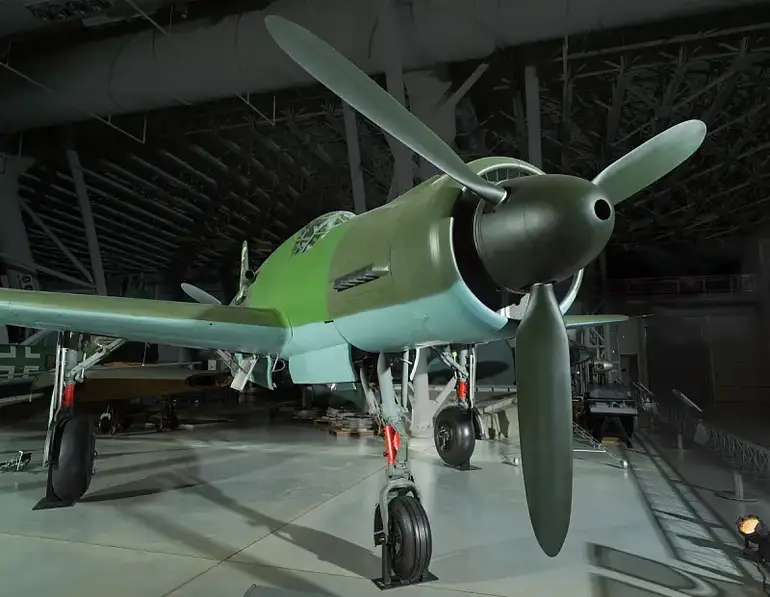Dornier Do 335 Pfeil – The Piston Powerhouse
The Dornier Do 335 “Arrow” was the Luftwaffe’s fastest piston-powered aircraft of WW2. This oddly designed aircraft was not very well known, due to the tiny numbers produced and the little impact they had on the war. In this article, we delve deeper into the fighter that never really was.
The Do 335’s Strange Design
This huge beast used a previously unseen push-pull engine design with one Daimler-Benz DB 603E-1 liquid cooled inverted V12 facing forwards integrated into the fuselage. Another engine of the same type faced backwards.
Although this was incredibly unusual, it gave the Do 335 superb performance for a piston-powered aircraft. It could reach a blistering top speed of 474 mph (763 kph) at 21,300 ft (6,500 m) in level flight.
There were some huge advantages of this engine layout versus more traditional twin engine aircraft that helped give this monster its flight performance. It kept weight near the centreline, giving a nice boost to roll rate. And, if one engine fails it does not lead to asymmetric thrust – a problem encountered by most multi-engine aircraft in the event one fails.
A design flaw that was never considered was that of a rear-engine fire. Although any fire onboard an aircraft is never a good thing, with the Do 335 it would engulf the rear tail section. This would lead to a loss of control over the elevator controls.
This exact incident occurred in April 1946 with a prototype Do 335 that had been transferred to Farnborough in the UK. Initially, it hit a house, bounced and then crashed into a school. The pilot was found in the headmaster’s office.
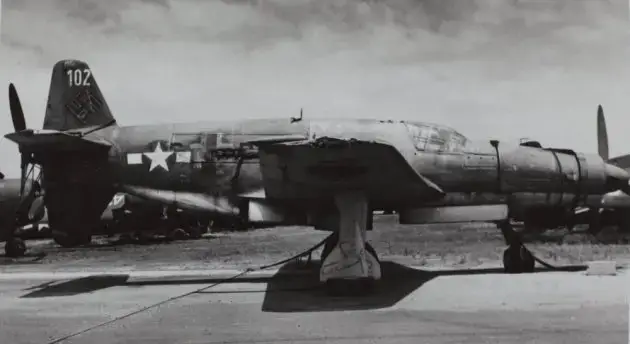
In May 1944, Hitler ordered the Emergency Fighter Program to put maximum effort into the Do 335. But even still, only a total of 37 of them were ever built and rarely saw combat.
Armament
It was designated as a fighter-bomber, however, due to its massive size, it would have never succeeded as a ‘fighter’ in the traditional sense. With a gross weight of 9,600 kgs, it was three times the heft of a Spitfire. It could not have ever danced over the skies of Europe or Russia against the Allies’ late-war fighter aircraft. It was built for straight-line speed.
A more apt description for this aircraft would be a heavy fighter or maybe even a super heavy fighter!
Part of what made up the Arrow’s massive weight was the armament. A single extremely powerful Rheinmetall-Borsig 30 mm MK 103 cannon was situated in the nose. It was limited to only 70 rounds of ammunition.
But the MK 103 was not enough. The engine cowling contained two MK 151 20 mm cannons with a more useful 200 rounds per gun. These were commonplace to the Fw 190 and the infamous Bf 109.
With this amount of firepower, it wouldn’t be foolish to assume this plane would be more suited to bomber hunting. A few shells from the 30 mm cannon would tear through a B-17 or Lancaster bomber. It would be almost impossible to bring these guns to bear on a smaller and lighter aircraft such as the Yak-3.
If the cannons were not enough, the Arrow also came with two underwing pylons and an internal bay with the ability to carry up to 1,000 kgs of assorted bombs. This would easily take her to over 11 tons.
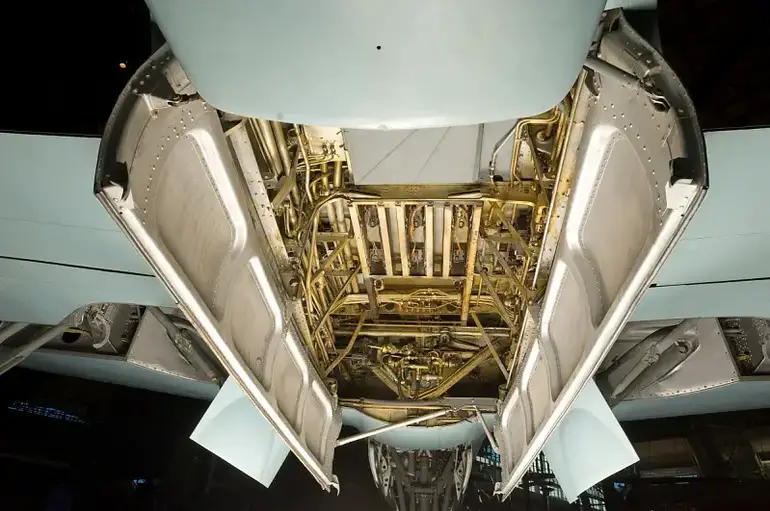
Do 335 in Combat
The first record of combat was against French pilot Pierre Clostermann. This encounter occurred in April 1945. The pilot was leading a group of Hawker Tempests, which were also known for their high speed of over 430 mph. This was put to the test when the Do 335 pilot made a run for it at a low level. Even the mighty Typhoon was unable to chase it down.
Due to the late introduction of the Do 335 as well as the tiny number produced, they had no impact on the tide of the war.
Maybe if the Germans produced the aircraft in significant numbers earlier on, they might have helped prevent some of the damage done by the bombing raids. But like many of the German’s desperate end war projects, this one never really took off.
Hits: 0
